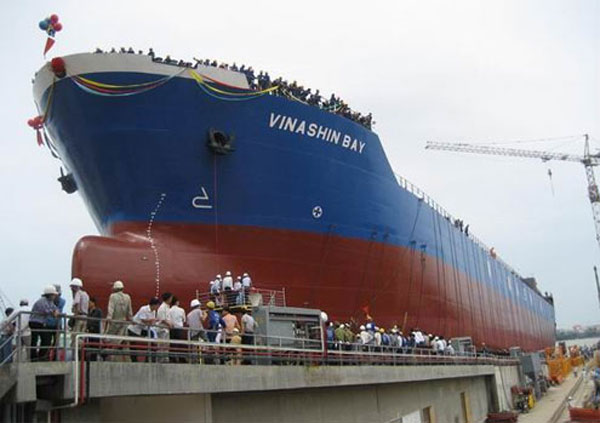|
Definition of State economic groups vague
The
ambiguous definition of State economic groups has led to many problems since
big State-owned enterprises (SOEs) were turned into economic groups, economic
experts said at a recent conference in
According to the 2005 Corporate Law,
a State economic group is understood as a group of enterprises which does not
have a legal entity, said Bui Van Dung, head of the Research Department for
Enterprise Reform and Development under the Central Institute for Economic
Management (CIEM).
The law also says that a State
economic group is a group of large-scale enterprises, which has caused
different interpretations in documents guiding the implementation of the law,
Dung told the conference on real situations and solutions for the sustainable
development of State economic groups in
Decree 39 states that State economic
group is a group of many enterprises regardless of scale while Decree 102
defines it as a group of only large enterprises having independent legal
entities, but accounting standard 25 says a State economic group includes a
holding company and its subsidiaries.
“Therefore, the question about how
many State economic groups are run in
Tran Tien Cuong, an expert in SOEs,
said
According to CIEM, State economic
groups have developed fast and accounted for a major part in the group of
large-scale enterprises. There are 15 State economic groups out of the 20
biggest enterprises in
These groups are involved in major
sectors of the economy. They make up 99% of fertilizer production, 97% of
coal exploitation, 94% of electricity and gas production, 91% of
telecommunications and 88% of insurance.
Dung of CIEM said a group of more
than four enterprises holding more than 75% market share is considered as a
monopoly as described by the Competition Law.
The law has limitations because most
of the State economic groups on the market comprise more than four firms each
and are dominating the market segments in the fields they operate. This makes
it difficult for agencies to find effective measures to control monopoly.
Dinh Quang Ty from the Central
Theoretical Council said problems remain unsolved at State economic groups
such as the cases of Vinashin and Vinalines. Most major problems of the
country’s economy have been related to the groups in the past decade.
Ty said CIEM has to point out the
impacts of key shortcomings of State economic groups on the country’s
socio-economic development.
CIEM president Nguyen Dinh Cung said
the way the Ministry of Industry and Trade protects Vietnam Electricity Group
(EVN) shows that the ministry solves relevant issues in the role of the
group’s owner rather than a State administering agency. This has resulted in
unhealthy competition on the market and created favorable conditions for
interest groups to thrive.
SGT
|
Thứ Hai, 23 tháng 2, 2015
Đăng ký:
Đăng Nhận xét (Atom)

Không có nhận xét nào:
Đăng nhận xét